Advancing Accessibility in the Arts: A Movement Beyond Boundaries
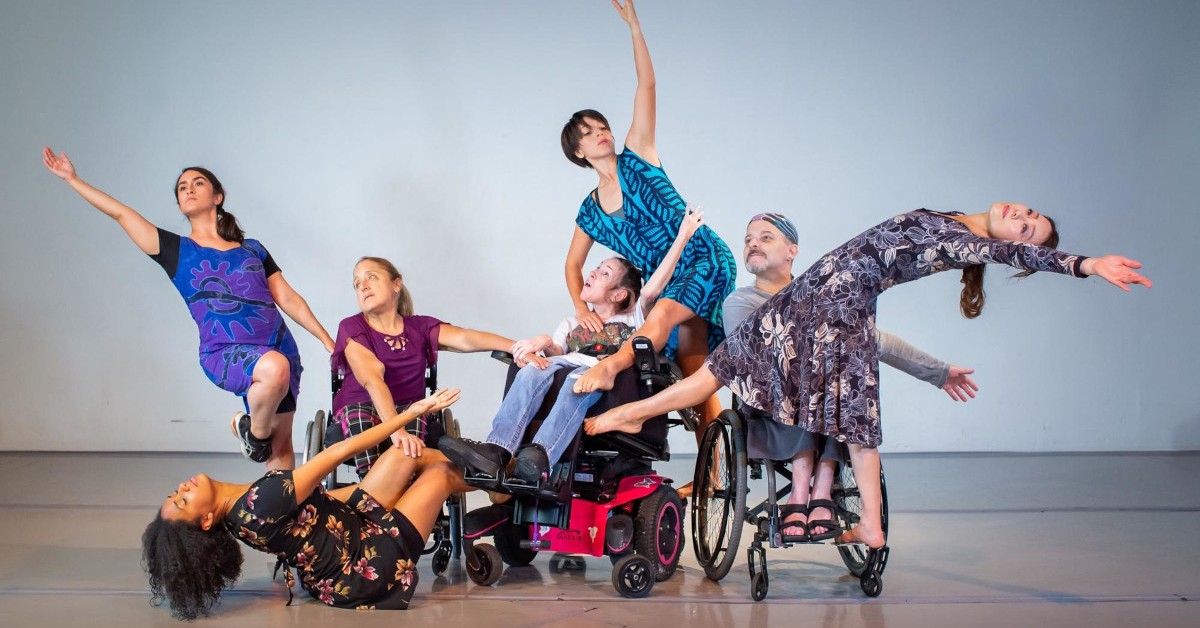
To entertain and to educate─this dual purpose lies at the heart of the arts. Audiences applaud pieces that wow them, but also crave to be moved. Artists create work to convey impactful messages, to spark change, to challenge perceptions, to inspire─this ethos is vividly alive today in South Florida and around the world, especially in the realm of dance. With a renewed focus on advocacy and accessibility, now more relevant than ever, physically integrated dance is a powerhouse in dance and the disability culture movement.
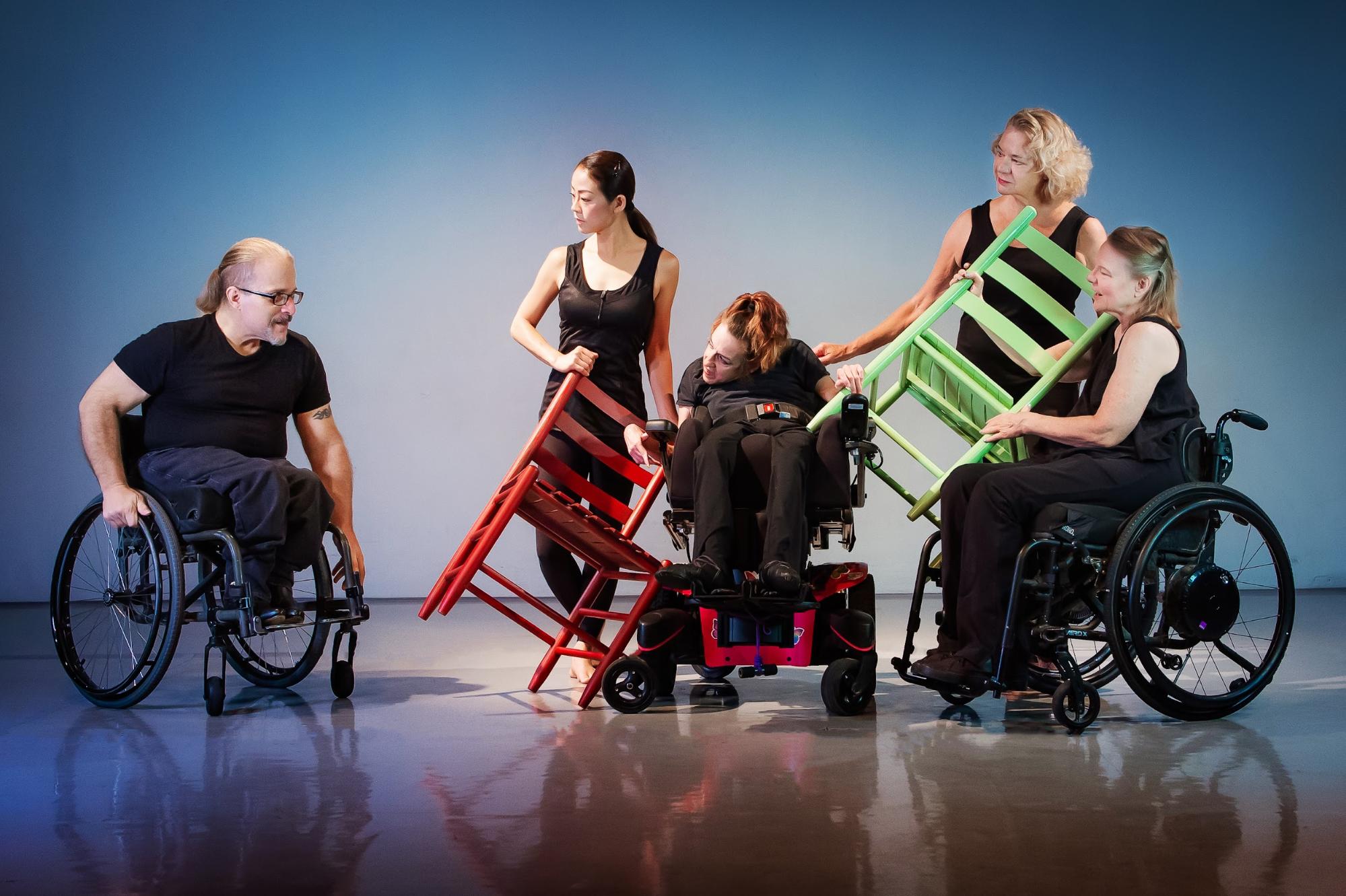
Physically integrated dance is a progressive approach to the arts that combines dancers with diverse physical abilities. The concept of mixed mobility in dance deeply impacts societal views on diversity, inclusion, and accessibility in the arts and for its audiences. It redefines dance norms and pushes the medium beyond traditional boundaries, emphasizing that everyone should have an equal place in the arts and in society.
With roots tracing back to the late 1960s London dance scene, physically integrated dance was first introduced by Hilde Holger, a Viennese-trained dancer who taught her son with Down Syndrome to dance. Her work led to a groundbreaking production featuring dancers with disabilities in 1968, inspiring her student Wolfgang Stange to establish the Amici Dance Theatre Company in 1980. This London-based company became a beacon for physically integrated dance.
Early on and across the globe in South Florida, pioneering creatives were already making moves in the industry, too. Karen Peterson Corash, Artistic Director of Miami’s own Karen Peterson Dancers (KPD) shared with us a little about the scene.
Back in the '70s, Miami was just starting to find its groove in dance, and I was right there, with many former NYC dancers, performing with The Grove Danstheatre, Fusion Dance, Fred Bratcher, Mary Street Dance Theatre and Momentum (which I co-directed with Delma Iles). This was years before the Miami City Ballet and before the beginnings of the New World School of the Arts. In the 80’s, the Florida Dance Association’s annual festival brought in outside artists to inspire and refresh us, and Mary Luft’s Tigertail created “danceAble,” the first official physically integrated dance festival. My interest in inclusive dance and contact improvisation led me to California to study, and I was later sent to places abroad to teach and create this new form. Integrating dancers with disabilities began around 1990, but the seeds of this movement found a home in Miami, due to my relentless desire to spread its purposeful message.”

The movement gained further momentum with the Americans with Disabilities Act (ADA) of 1990, which set new accessibility standards and spurred a cultural shift towards inclusivity in the arts, paving the way for mixed mobility dance to thrive. Among the visionaries of this new and emerging artistic movement are several key dance companies, each bringing their unique perspective and artistic approach to the stage.
Based in Miami also since 1990, KPD stands at the forefront of this movement in the southeast US. As Florida’s first full-time dance company featuring dancers with and without disabilities, KPD provides inclusive rehearsal, performance and touring opportunities for adult professional dancers and choreographers. Their work has reached audiences globally and has helped shape the landscape of physically integrated dance. “For over 32 years, I have worked with hundreds of dancers, have created over 40 dance works in the repertory and have taught, created and presented on a local, national and international level. And now KPD has been invited to attend the KAIDA dance festival in Seoul, South Korea, in August 2024; one of the few USA dance organizations to have received this invitation," notes Peterson Corash.
Deeply rooted in the belief that dance is for everyone, KPD's work mirrors Miami’s vibrant and diverse culture. Through community outreach programs and educational programming, KPD has worked with over 5000 teens with special needs in Miami-Dade Schools to workshop towards a final performance. To further support establishing this work as a recognized and accessible form for both the dance community and individuals with disabilities, the group commits to ongoing performances in community spaces across the country. They aim to keep merging dance and movement with a distinctive, inclusive, and forward-thinking approach.

Other pioneers of this movement are several key dance companies, each bringing their unique perspective and artistic approach to the stage. Companies like AXIS Dance Company from the California Bay Area and Candoco Dance Company in the UK have also played significant roles in developing mixed-mobility dance. AXIS, known for its innovative choreography and collaborations, has challenged perceptions of dance and ability since its emergence in 1987. Similarly, Candoco, established in 1991, has been another leading force in the integrated dance movement, showcasing the artistic potential of dancers of all abilities on major stages worldwide.
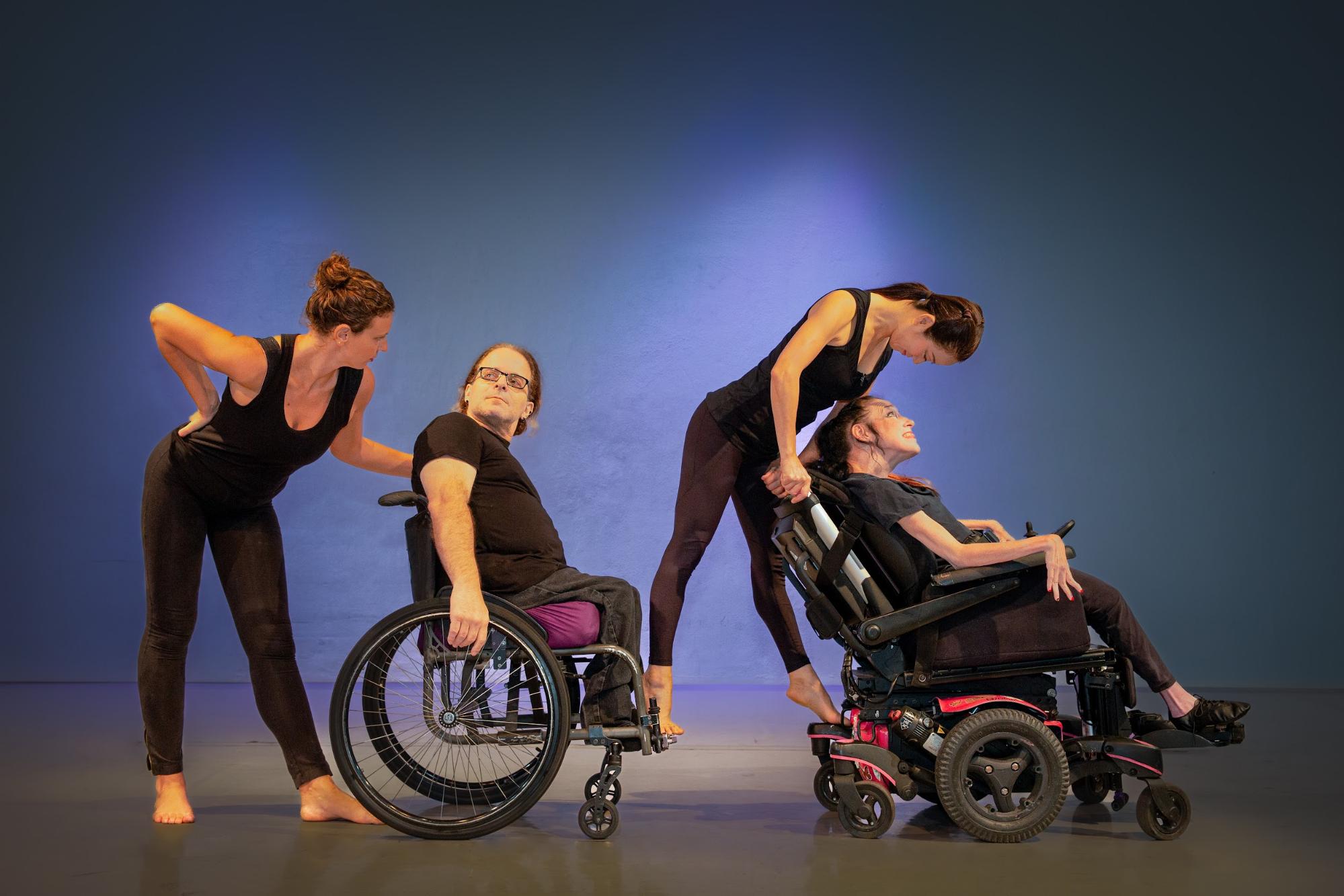
The relevance of physically integrated dance has only intensified in the current socio-political climate, especially in light of the 2020 pandemic. The global crisis has magnified issues of human rights, health advocacy, and the importance of community support, making the message of inclusivity and resilience more poignant than ever. This niche within the dance industry portrays the continuous challenges and victories faced by people with disabilities but also stands as a tribute to the resilient nature of the human spirit.
As one of the first festivals and conferences showcasing this kind of work, Forward Motion Dance Festival and Conference of Physically Integrated Dance (FM5) in Miami offers a unique platform for audiences to engage with this transformative genre. Produced by KPD annually, FM5 features a rich program of performances, workshops, and discussions later this year in March.
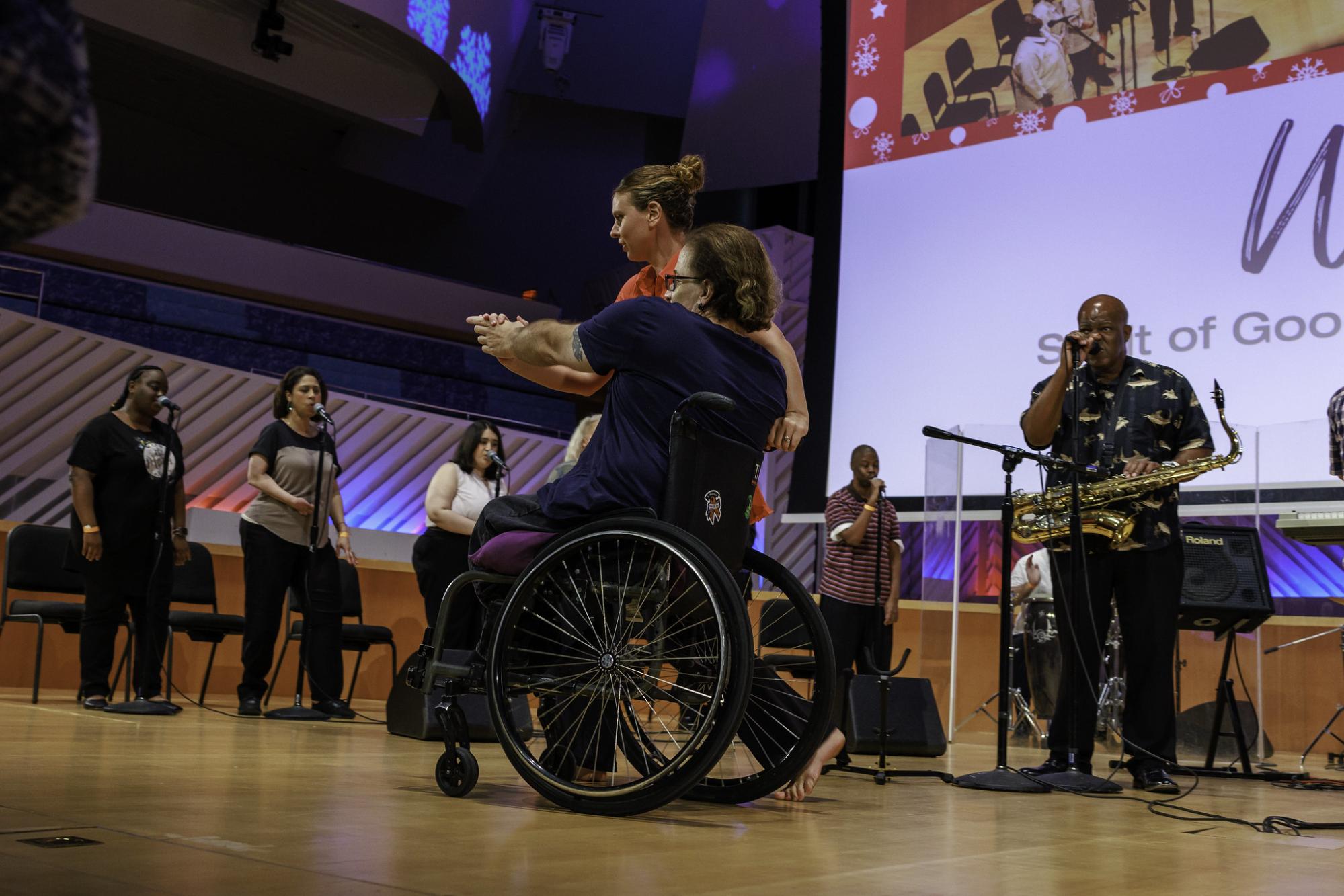
Exploring the intersection of dance and music, The Spirit of Goodwill Band is collaborating with KPD at FM5. Established in 1987 by Goodwill Industries of South Florida, this inclusive band is made up of a unique group of musicians that have various physical, intellectual, and psychological disabilities. On day 1 of this two-day festival, their live accompaniment is featured on the first of 2 distinct programs. The FM5 bill includes Polish international dance champions Pawel Karpinski & Magdalena Matusiak; dance improv expert Julie Crothers, Atlanta-based guest choreographer Mark Travis Rivera; and Karen Peterson Corash in her latest work with KPD. Day 2 of this fest features back-to-back dance workshops highlighted by a thought-provoking discussion with other dance artists and industry thought-leaders. It's an ideal setting for both new and experienced dancers of every ability to come together, learn from each other, and celebrate the boundless possibilities of movement and expression.
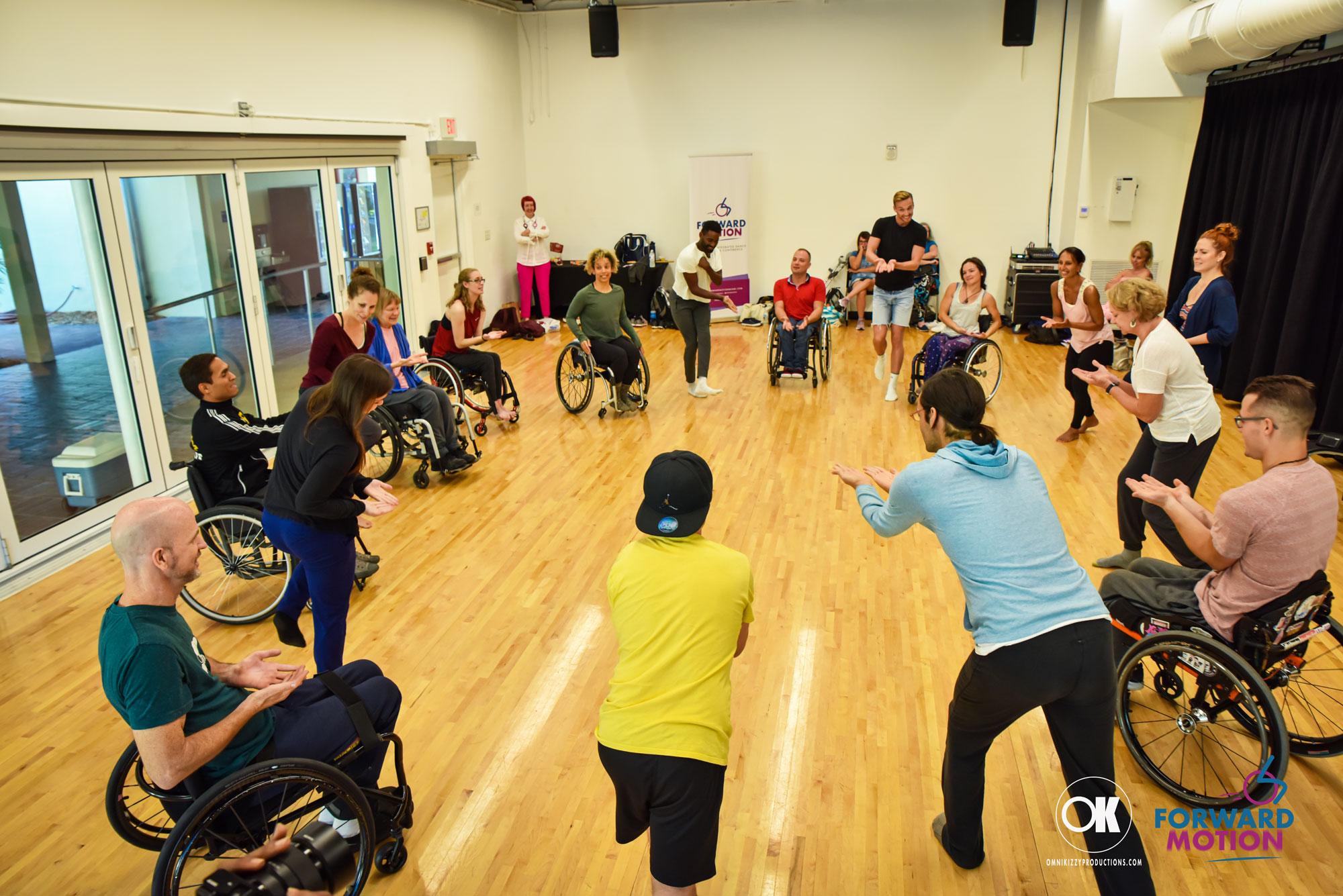
FM5 performances are scheduled for Saturday, March 23, 2024 at 2 PM & 7:30 PM at Miami-Dade County Auditorium (2901 West Flagler Street). Conference workshops are on Sunday, March 24, 2024 from 12 PM to 6 PM at Miami Dade College Koubek Center (2705 SW 3rd Street). Tickets for Saturday's performances are available for purchase at www.bit.ly/FM5. Tickets for Sunday's conference are available now at www.FM5.eventbrite.com. For additional information, please contact Karen Peterson Corash at 305-298-5878, or go to www.karenpetersondancers.org.
FM5 serves as an invitation to the Miami community and beyond to embrace the beauty of diversity and to support a genre that continues to push the boundaries of what dance can be.
Monica Lynne’s Bio:
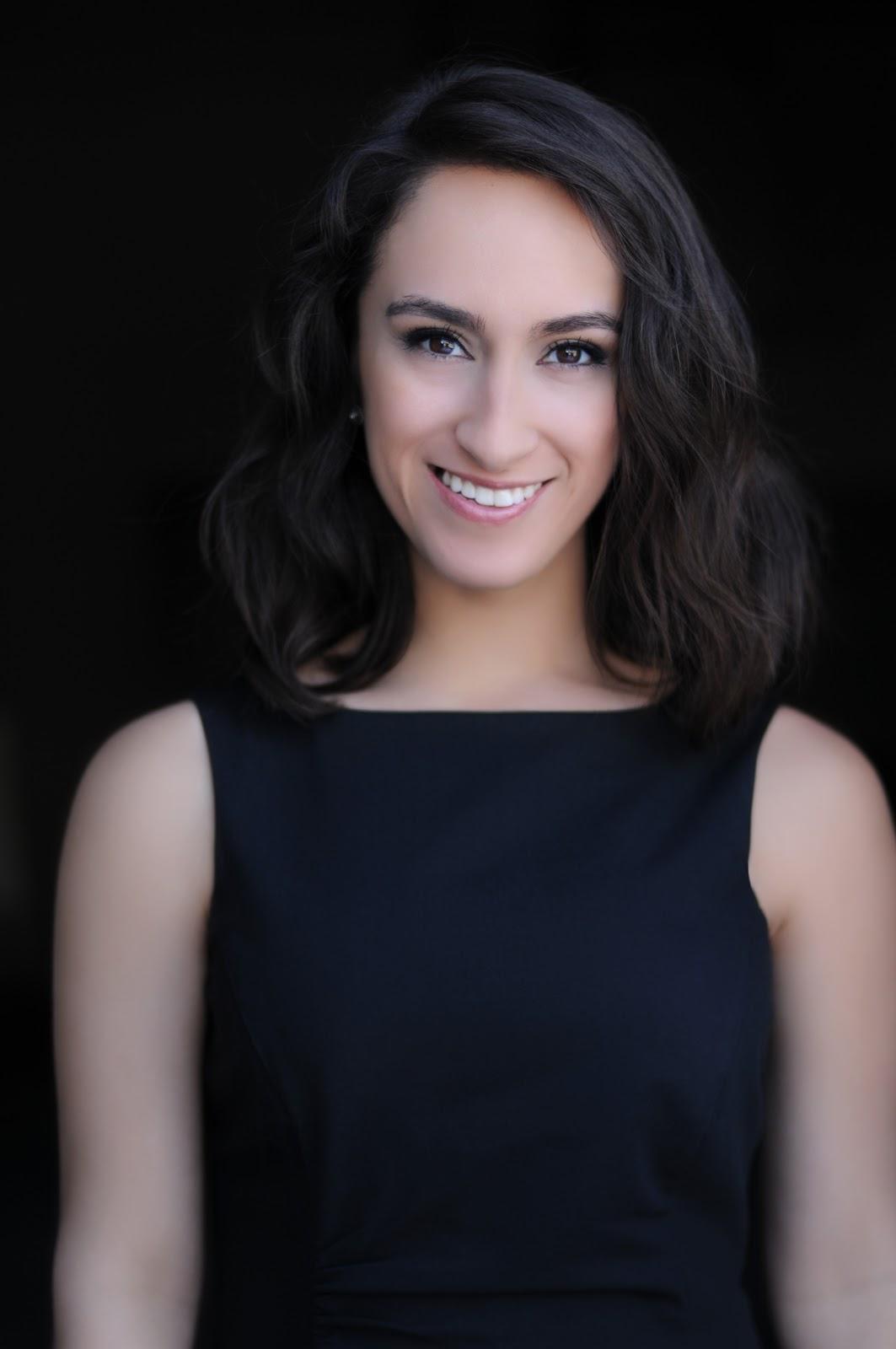
Monica Lynne is a dynamic figure who thrives in the intersection of professional achievement and artistic expression, all while navigating life with Multiple Sclerosis as a digital nomad. Her career is marked by versatility─spanning creative copywriting, Spanish-language interpreting, and as a writer for Healthline’s BezzyMS, where she leverages her platform to advocate for those with disabilities and chronic conditions, sharing her insights and fostering a network of support.
In the realm of digital marketing, Monica shines as the Managing Partner of JLPR, a boutique PR agency based in her native Miami, where she applies her expertise to elevate local brands and voices. Her commitment to the South Florida arts and culture scene is evident in her active involvement as an actor, dancer, and content creator, keeping her deeply connected to her Miami roots.
Academically accomplished, she graduated from Nova Southeastern University, with a triple-major study in Theatre, Dance, and Communication Studies including concentrations in media and speech. Her artistic pursuits are varied and include performing as a dancer for Miami-based circus CircX, a dancer with Karen Peterson Dancers, and engaging in immersive theatre for the Juggerknot Theatre Company. In all capacities, she extends her expertise as a publicist in her creative endeavors, further highlighting her multifaceted skill set. Monica's ability to blend her professional with her artistic story-telling, all while navigating the challenges of her condition, marks her as a distinguished figure within her professional and creative communities.
A note from the writer:
As an artist living with a disability, I’m deeply impacted by physically integrated dance. This discipline casts light on the extensive possibilities that exist within the entirety of my movement range. It has profoundly reshaped my relationship with resilience, my physical form and the arts.
Similar Posts
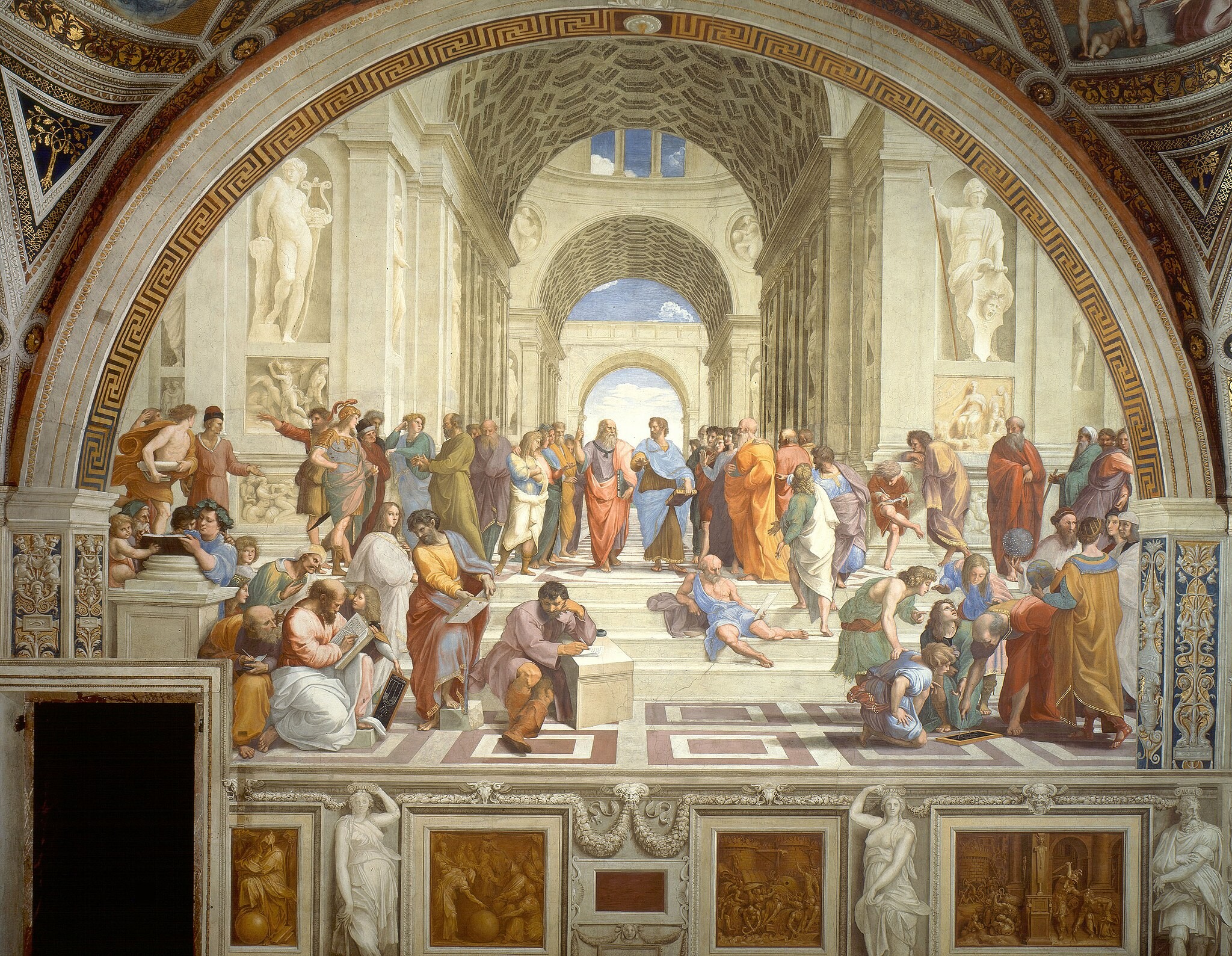
30 Revolutionary Artworks That Shaped History
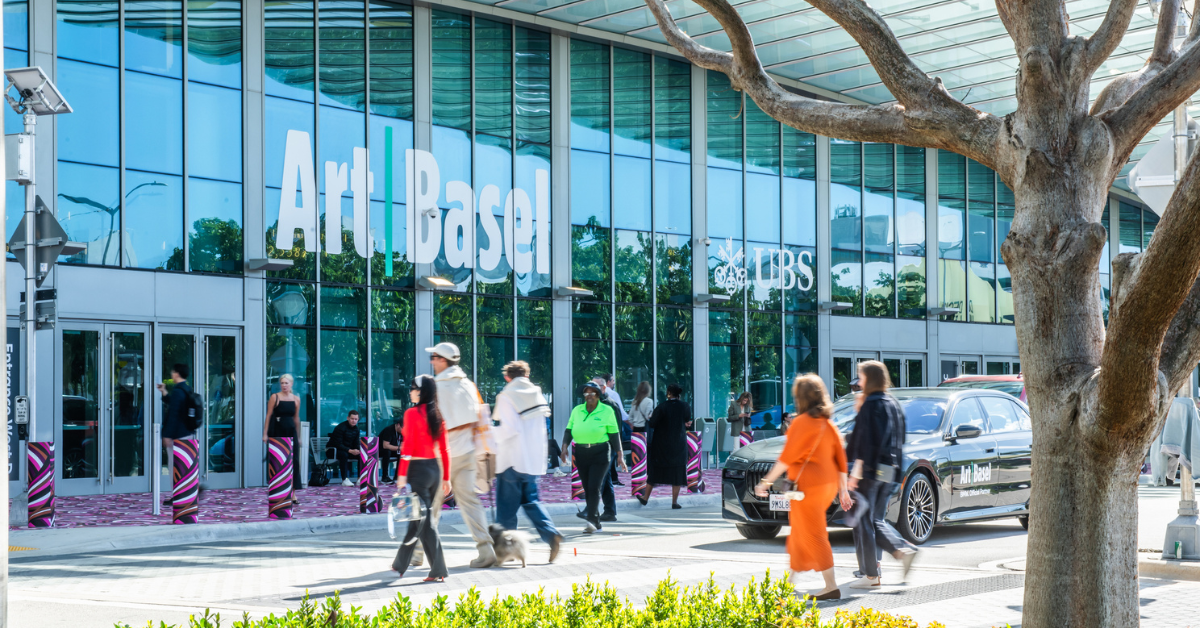
The most wonderful time of the year? Art Basel Miami Beach!
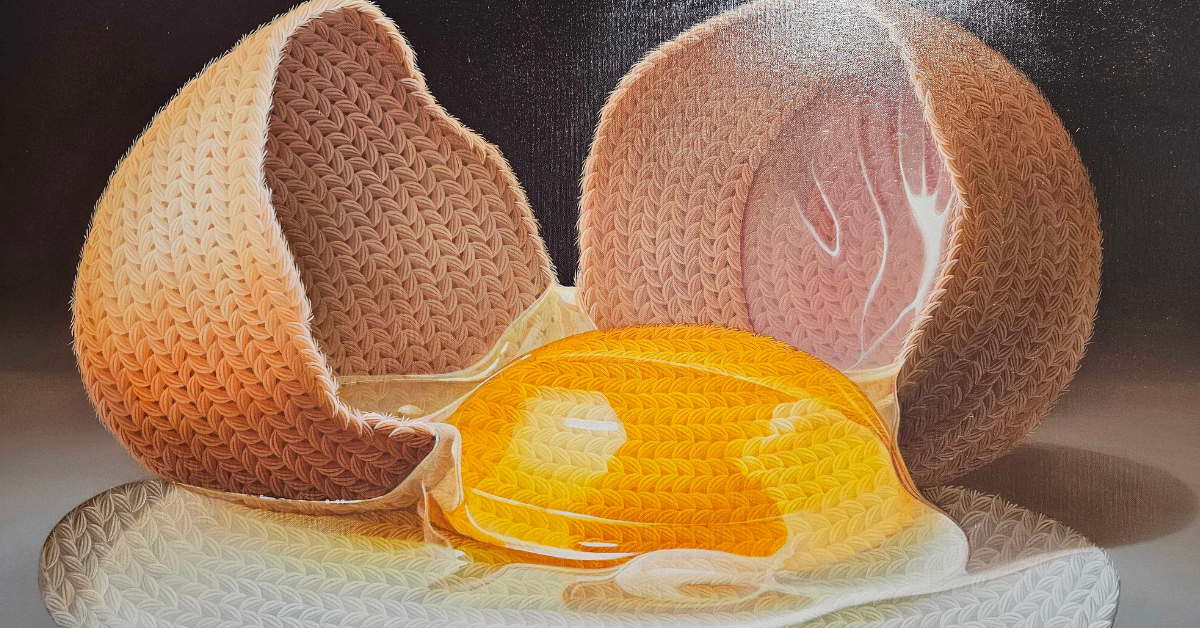
How Do You Want to Look at Art?
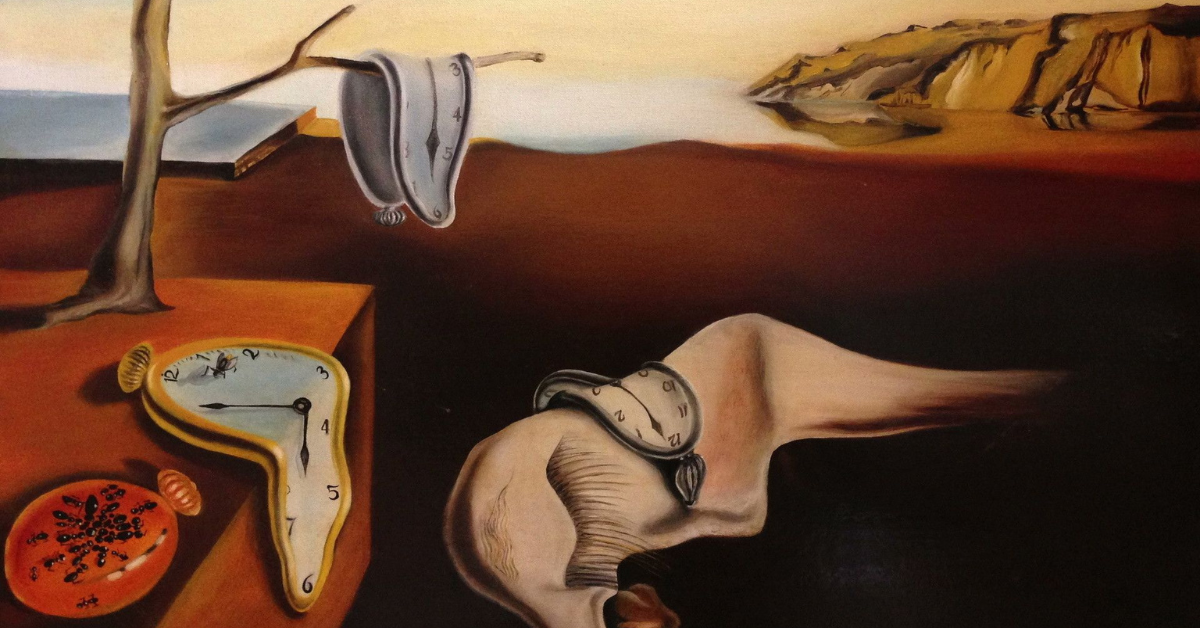
Influential Art Exhibitions that Defined the History of Modernism brought its Influence to the World
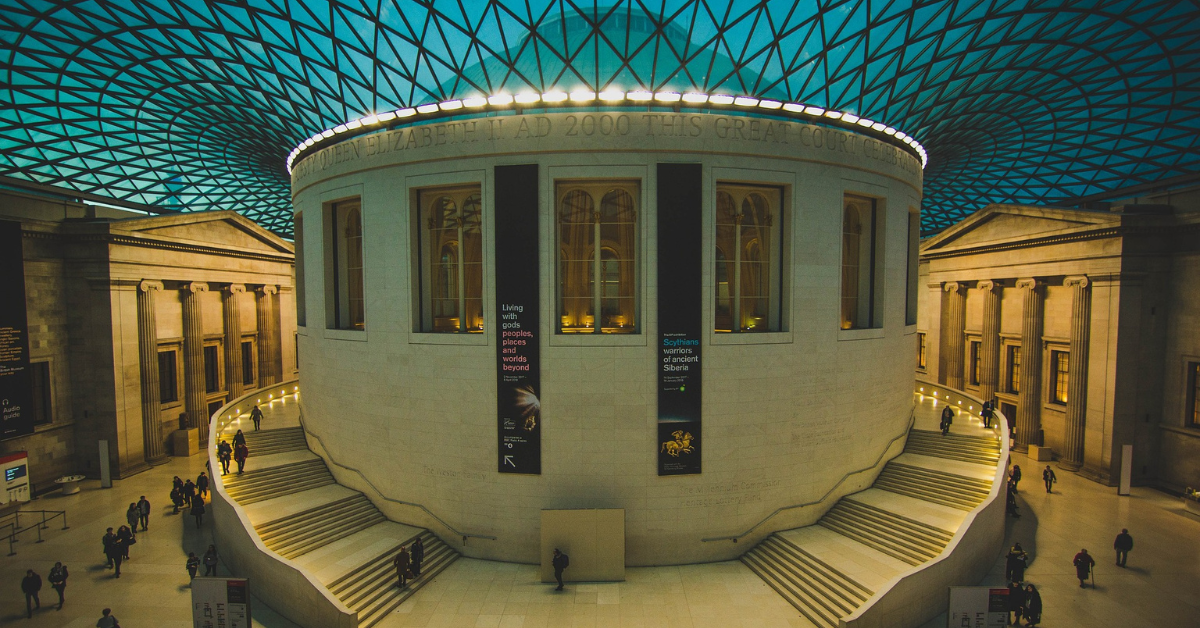
The World's Most Famous Art Galleries and Museums You Absolutely Need to Visit

Opera: The Musical Theatre of the Renaissance
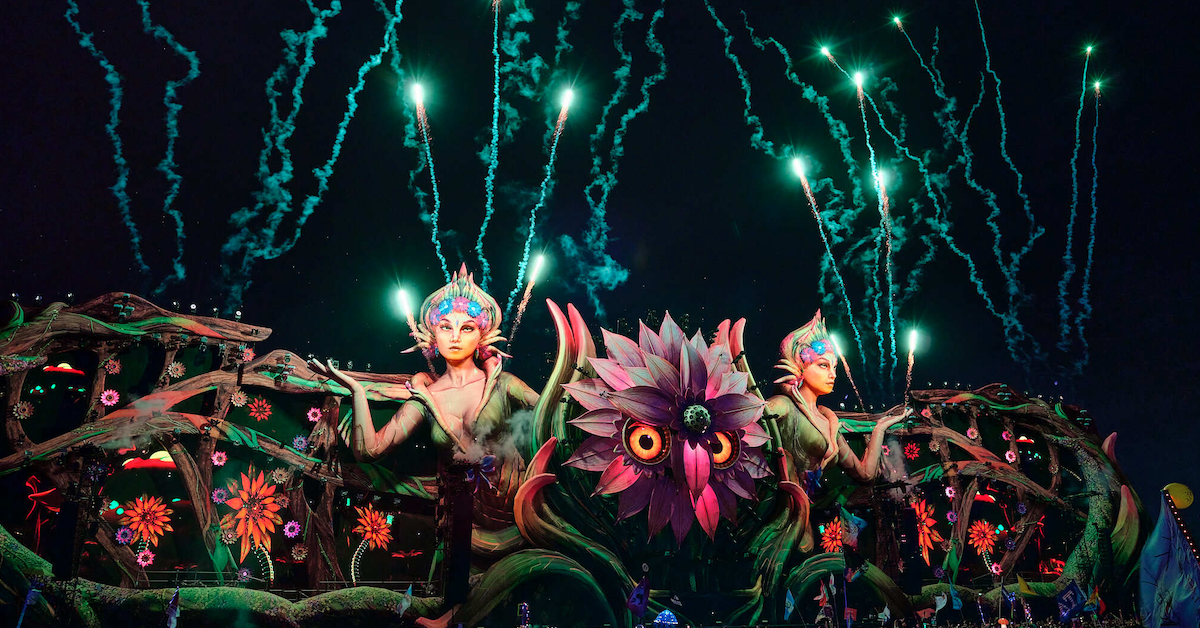
Your Ultimate Guide to the Top 10 Music Festivals of 2024/25

SOUTH FLORIDA SYMPHONY ORCHESTRA (SFSO) BRIDGES RECENT STATE OF FLORIDA FUNDING CUTS FOR THE ARTS THROUGH TRAVEL
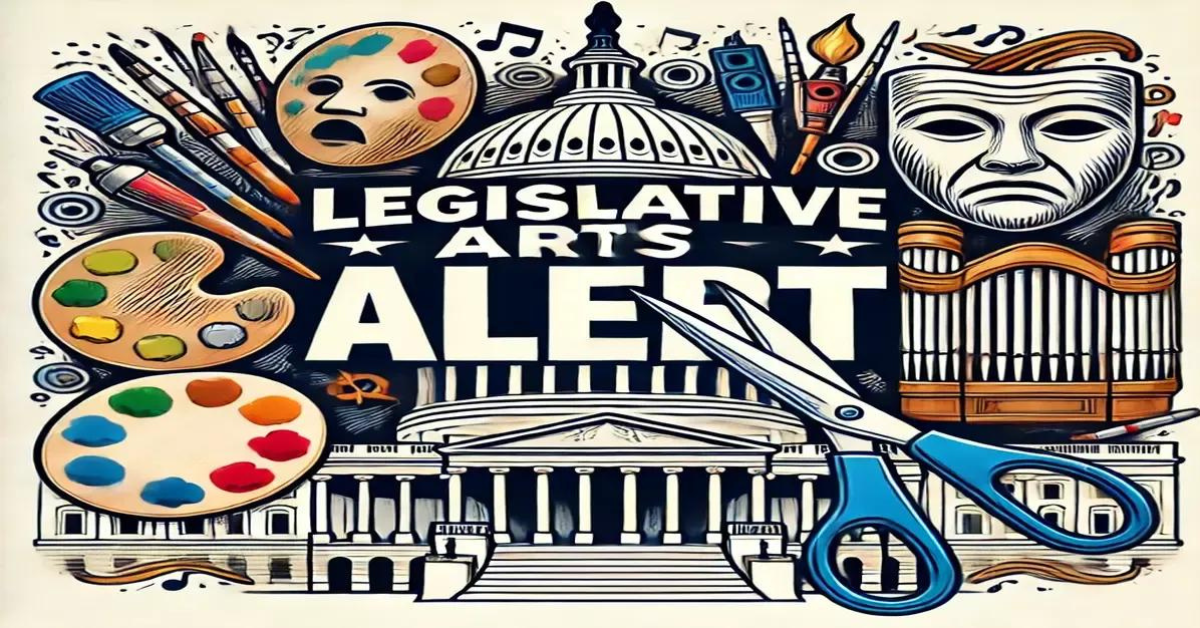
Oppose Drastic Cuts to the National Endowment for the Arts & Humanities
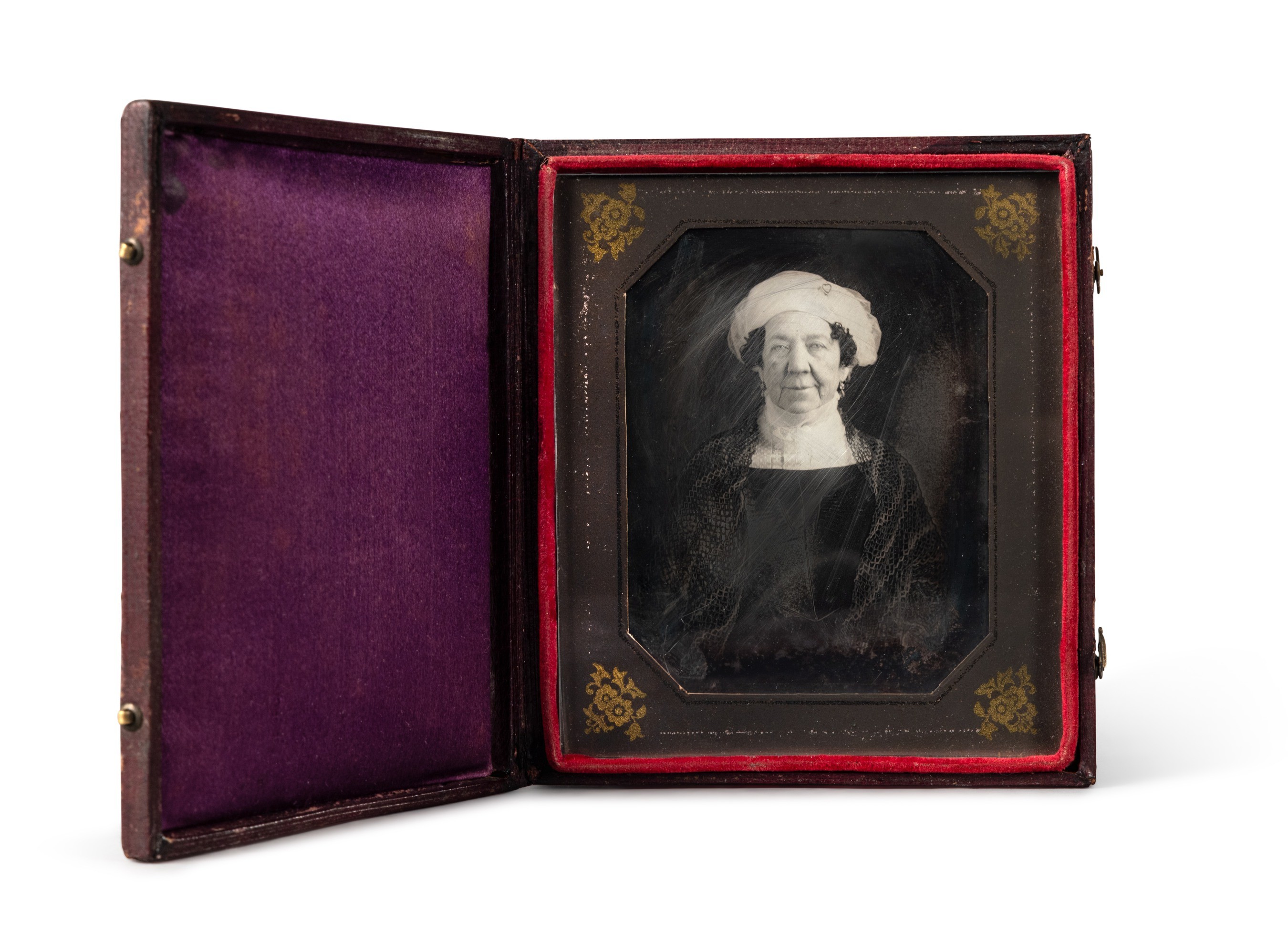
National Portrait Gallery Acquires Earliest Known Photograph of a US First Lady
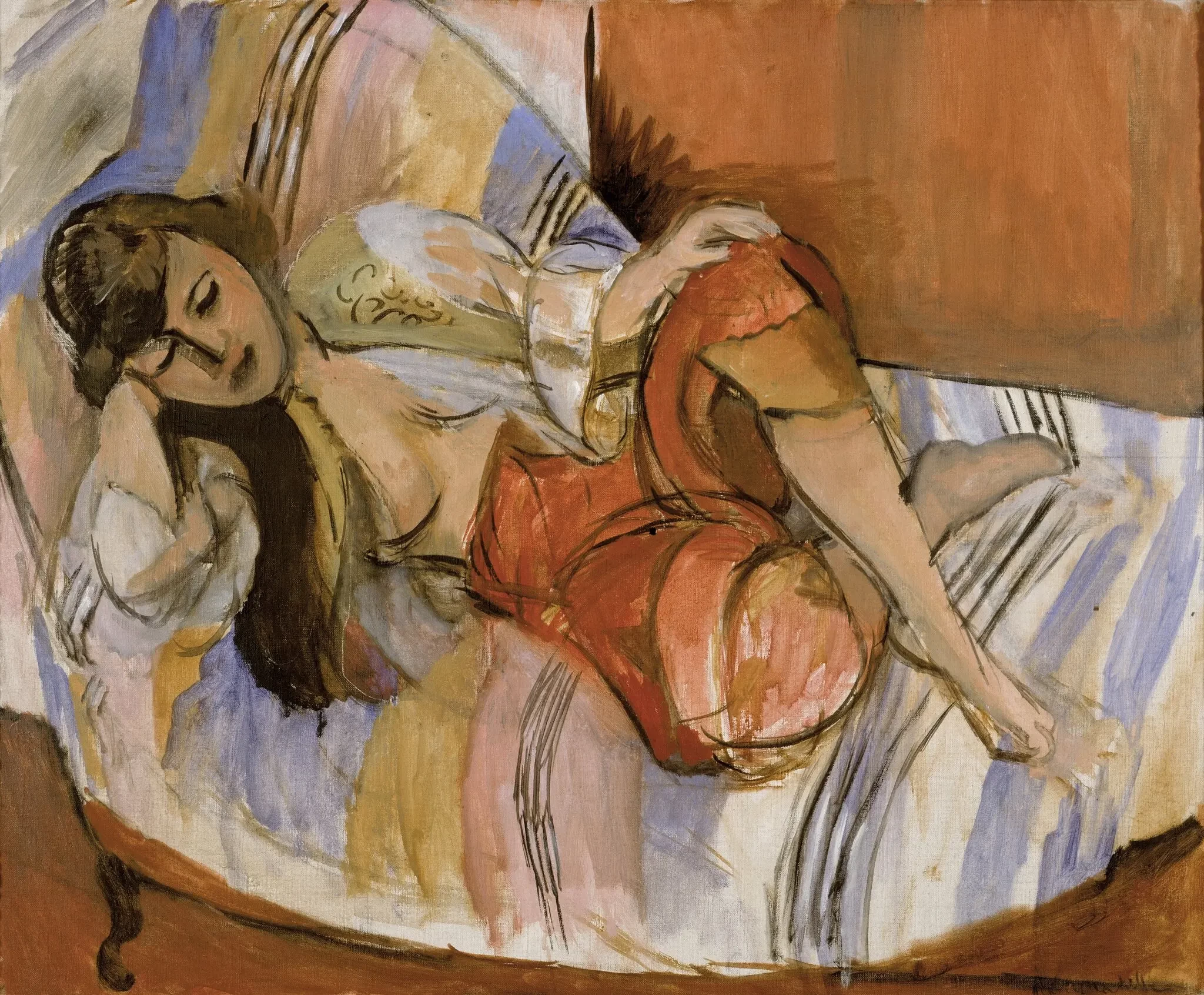
Matisse Painting Stolen During WW2 Returned to its Rightful Owners
